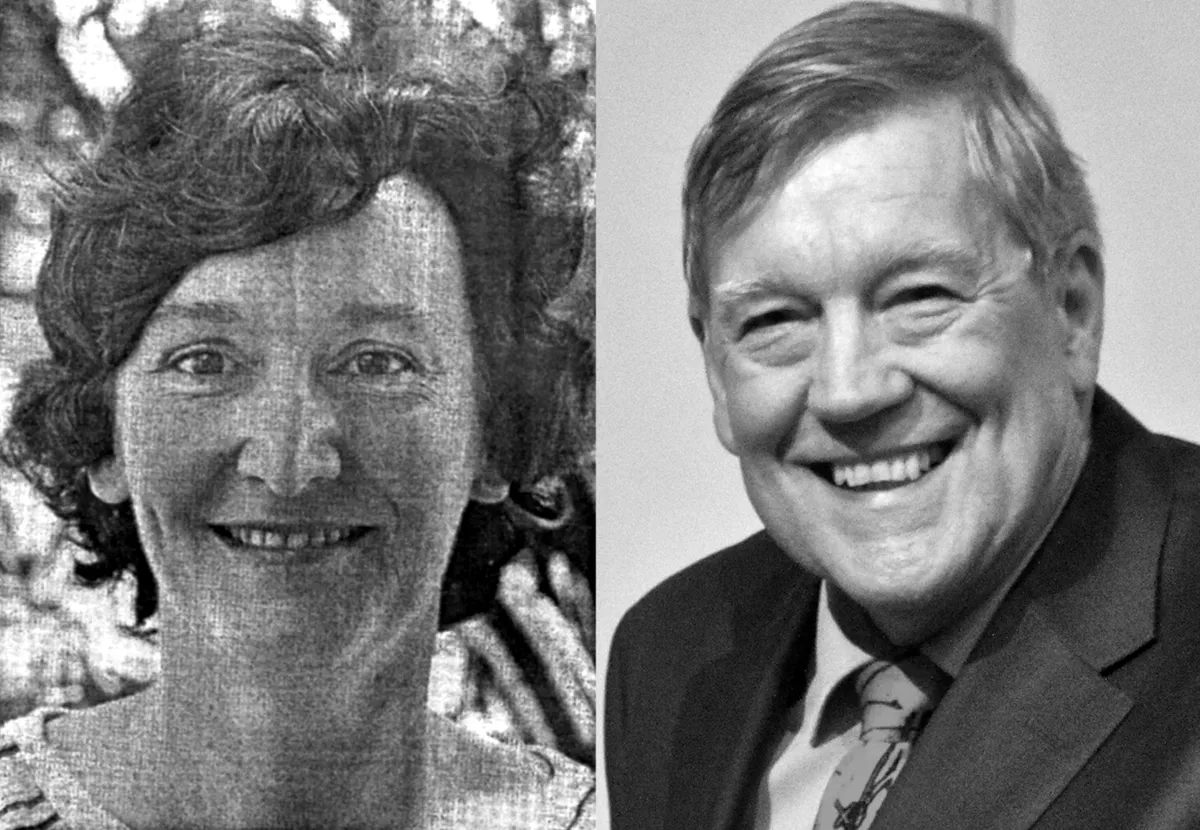While their enigmatic name was first coined in 1967, the idea of objects whose gravity is so intense not even light can escape them is far older. In 1783, an English cleric and amateur scientist named John Michell showed that Newton’s law of gravity suggested such objects could exist. But Michell went further, suggesting that despite being invisible, such objects might reveal themselves if they happened to have a star in orbit about them.
He proved to be amazingly prescient in both respects. During the 1930s, theorists using Einstein’s more sophisticated theory of gravity, known as General Relativity, showed that sufficiently massive stars could collapse under their own gravity at the end of their life, and turn into black holes (ironically, Einstein himself never accepted that such strange objects could really exist).

Michell’s second claim was confirmed in the early 1970s. British astronomers Louise Webster and Paul Murdin at the Royal Greenwich Observatory and Thomas Bolton, a student at the University of Toronto, independently announced the discovery of a massive but invisible object in orbit around a blue star over 6,000 light-years away. The object, an intense X-ray source codenamed Cygnus X-1, is now regarded as the first black hole to be identified.
Read more:
Subscribe to BBC Focus magazine for fascinating new Q&As every month and follow @sciencefocusQA on Twitter for your daily dose of fun science facts.
